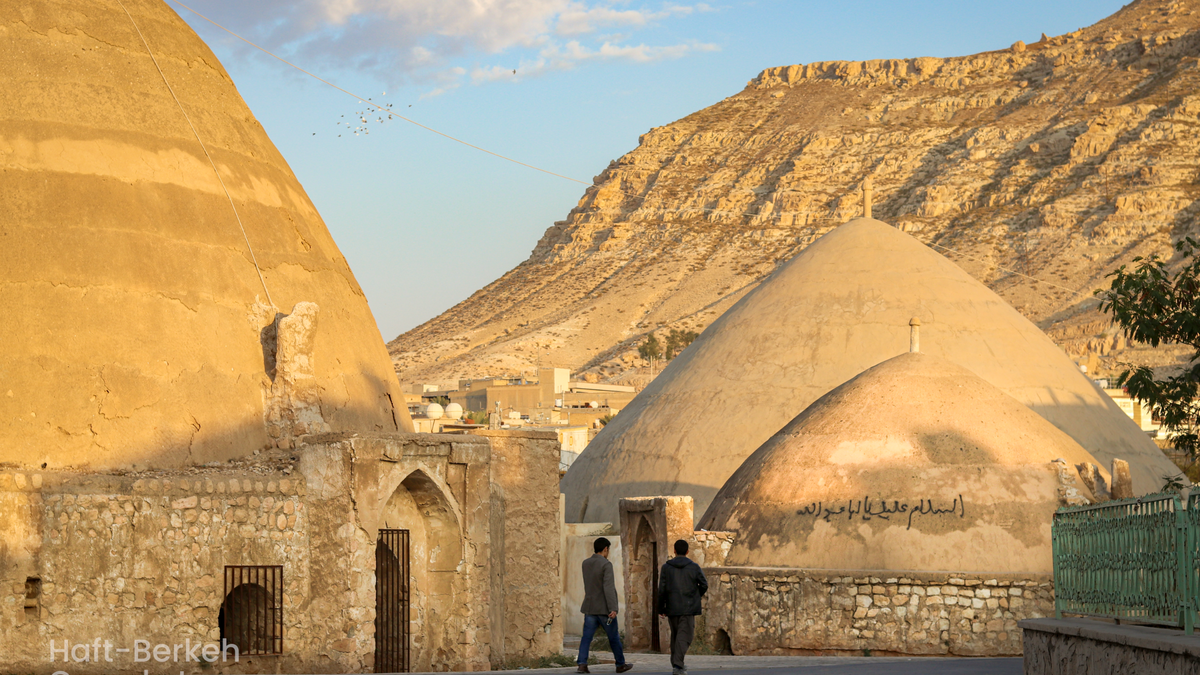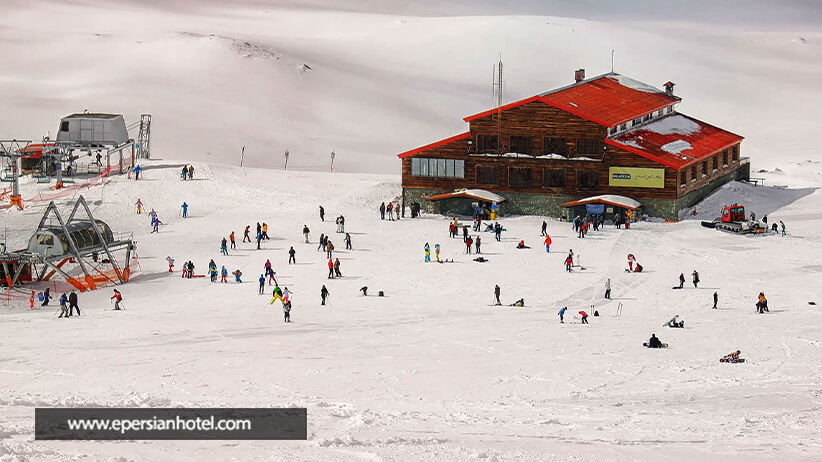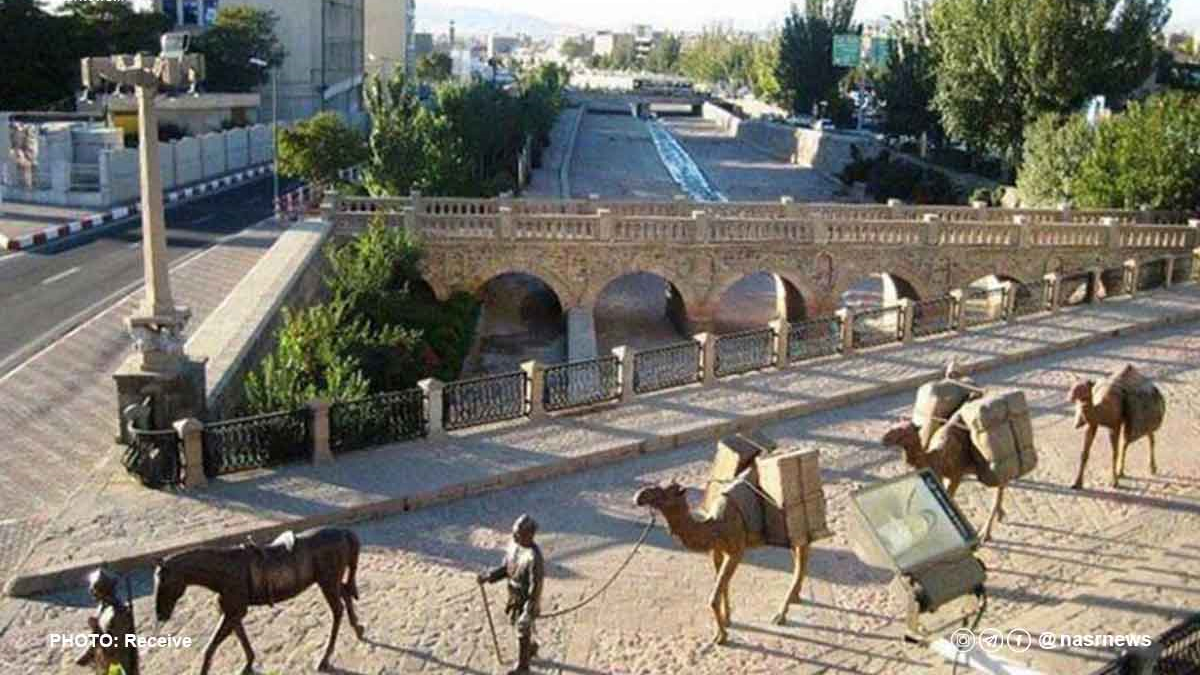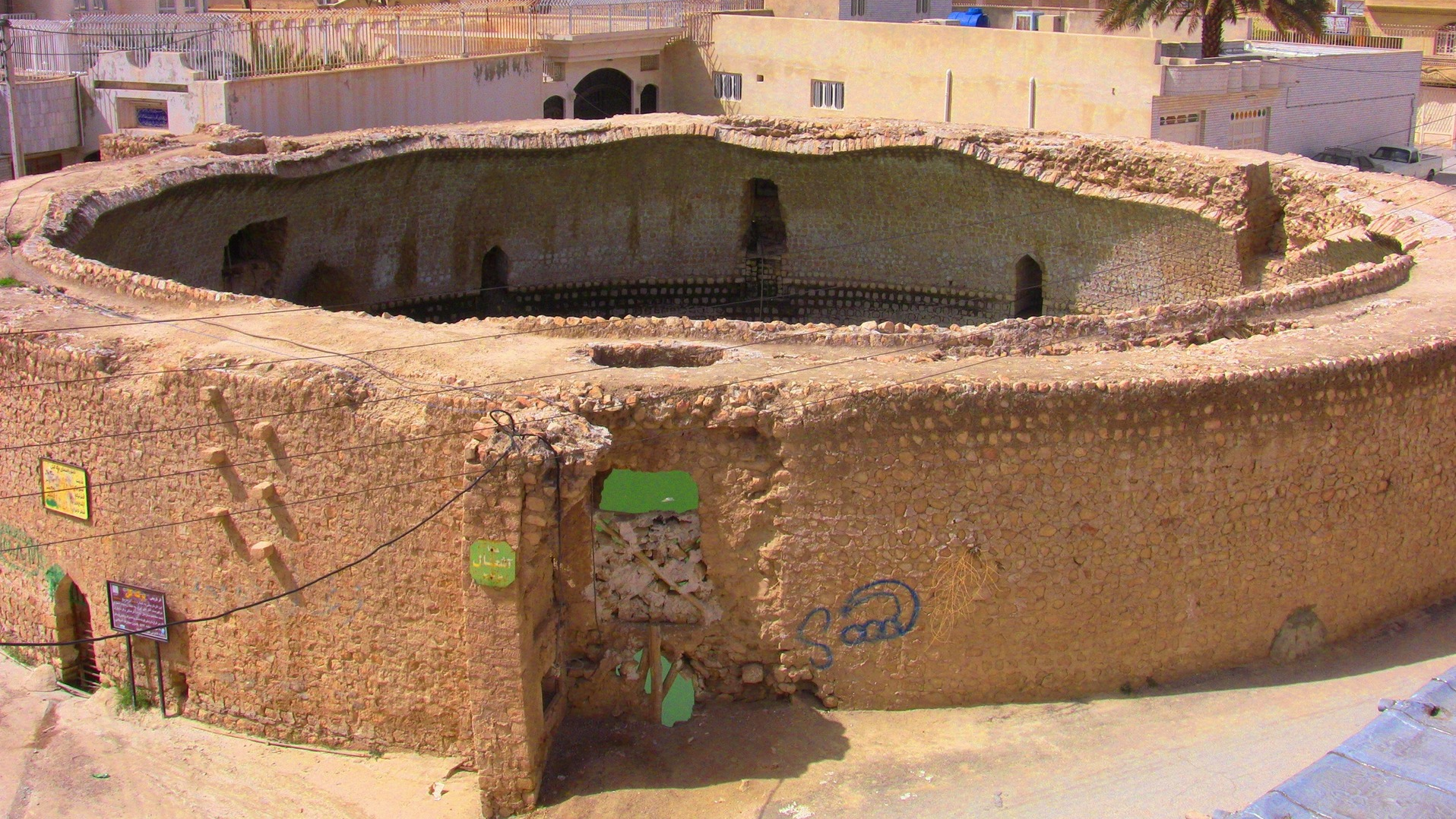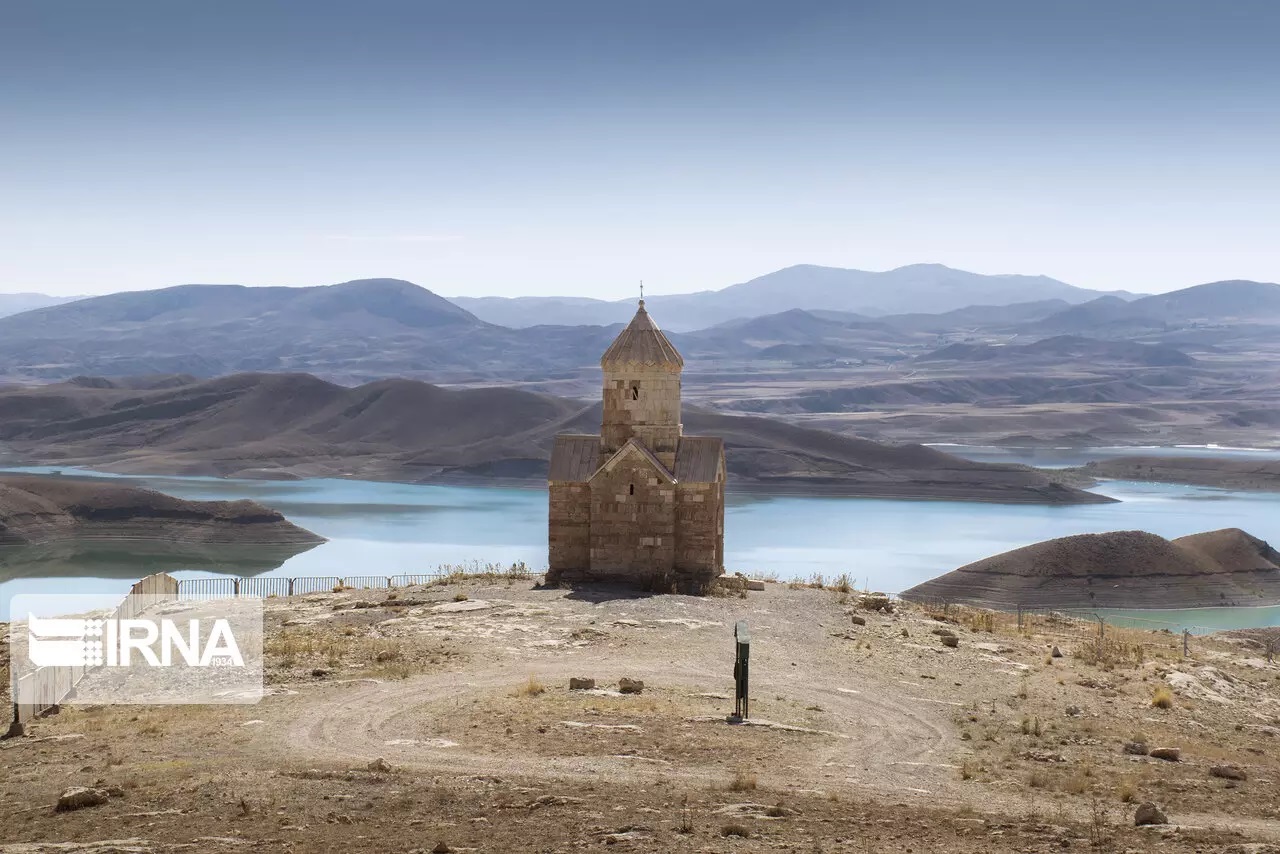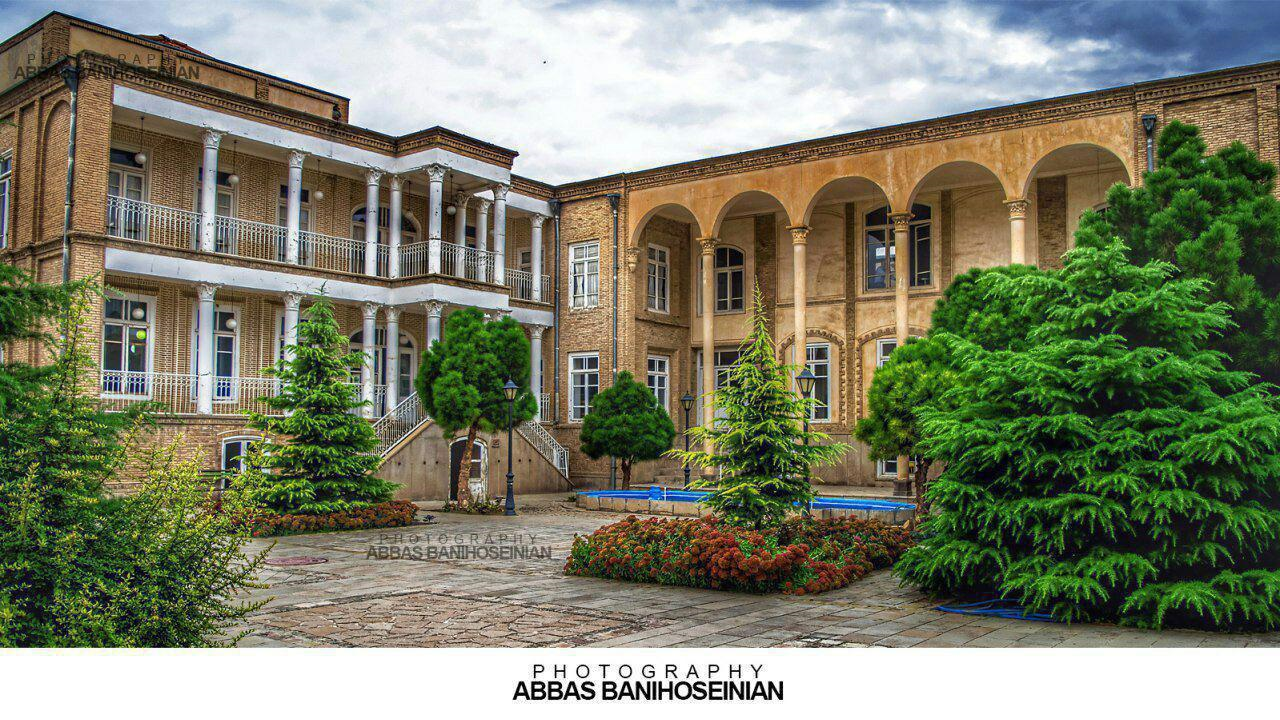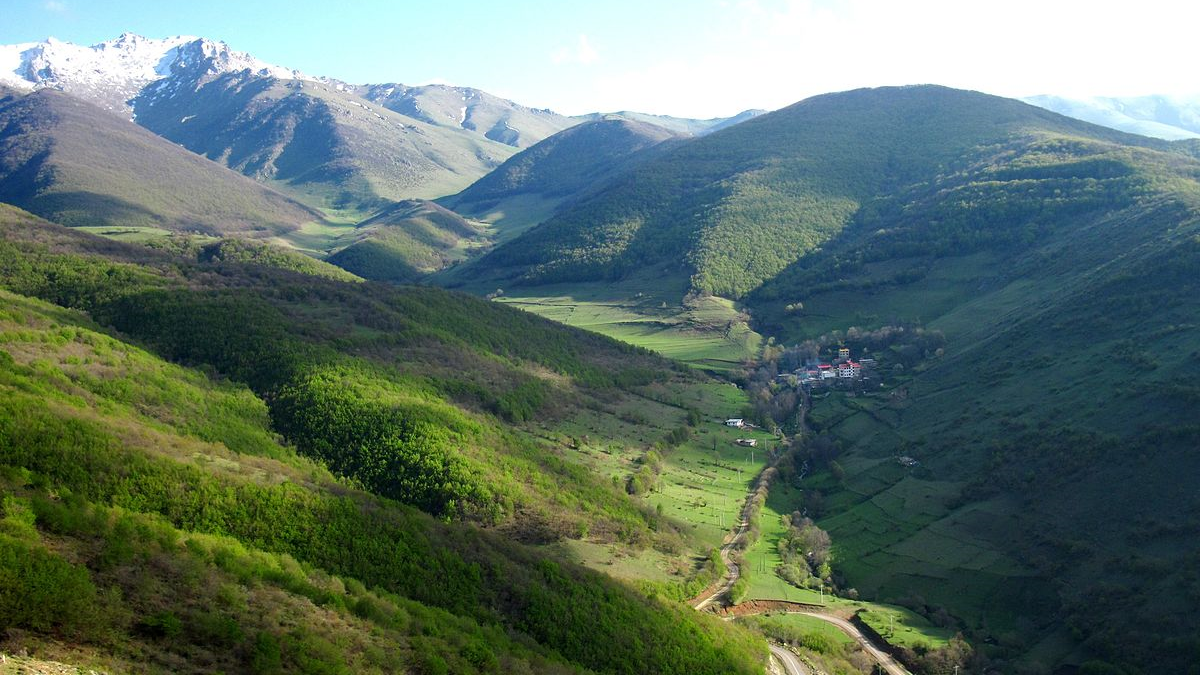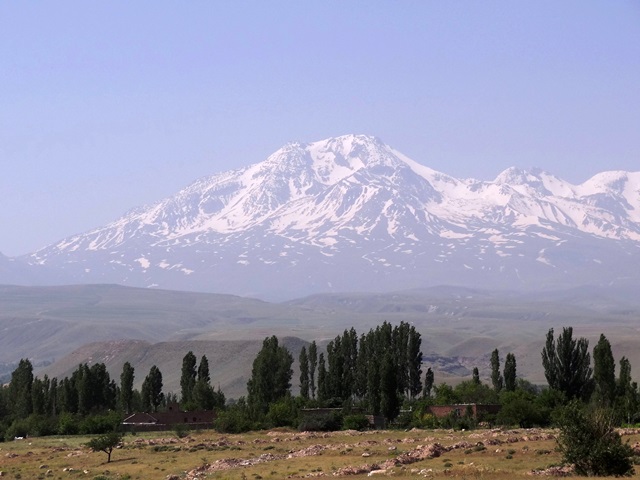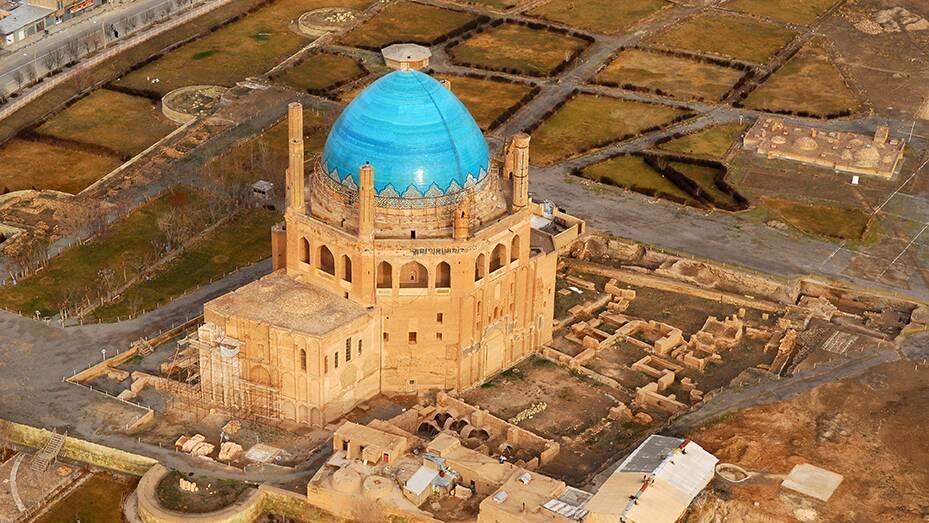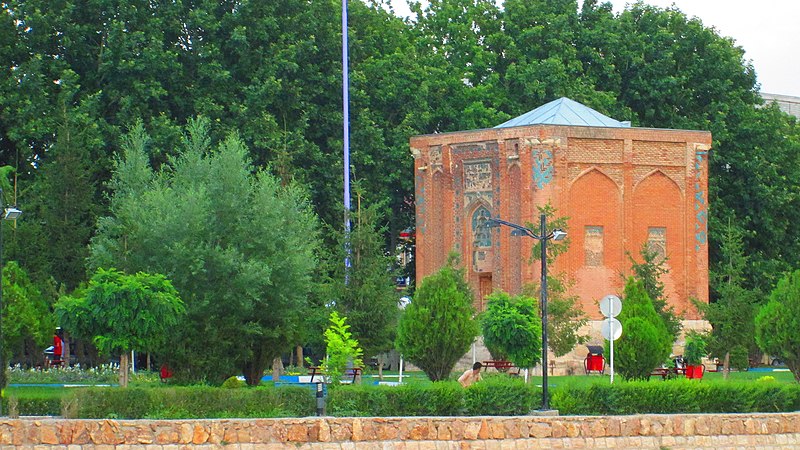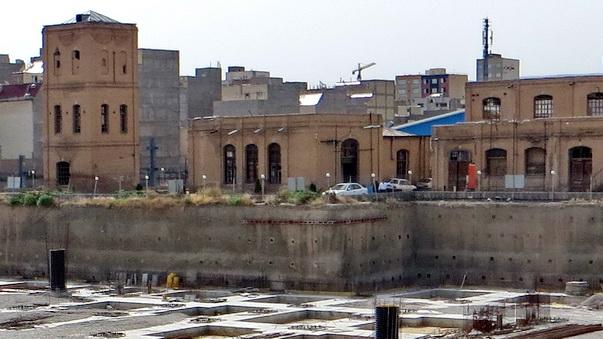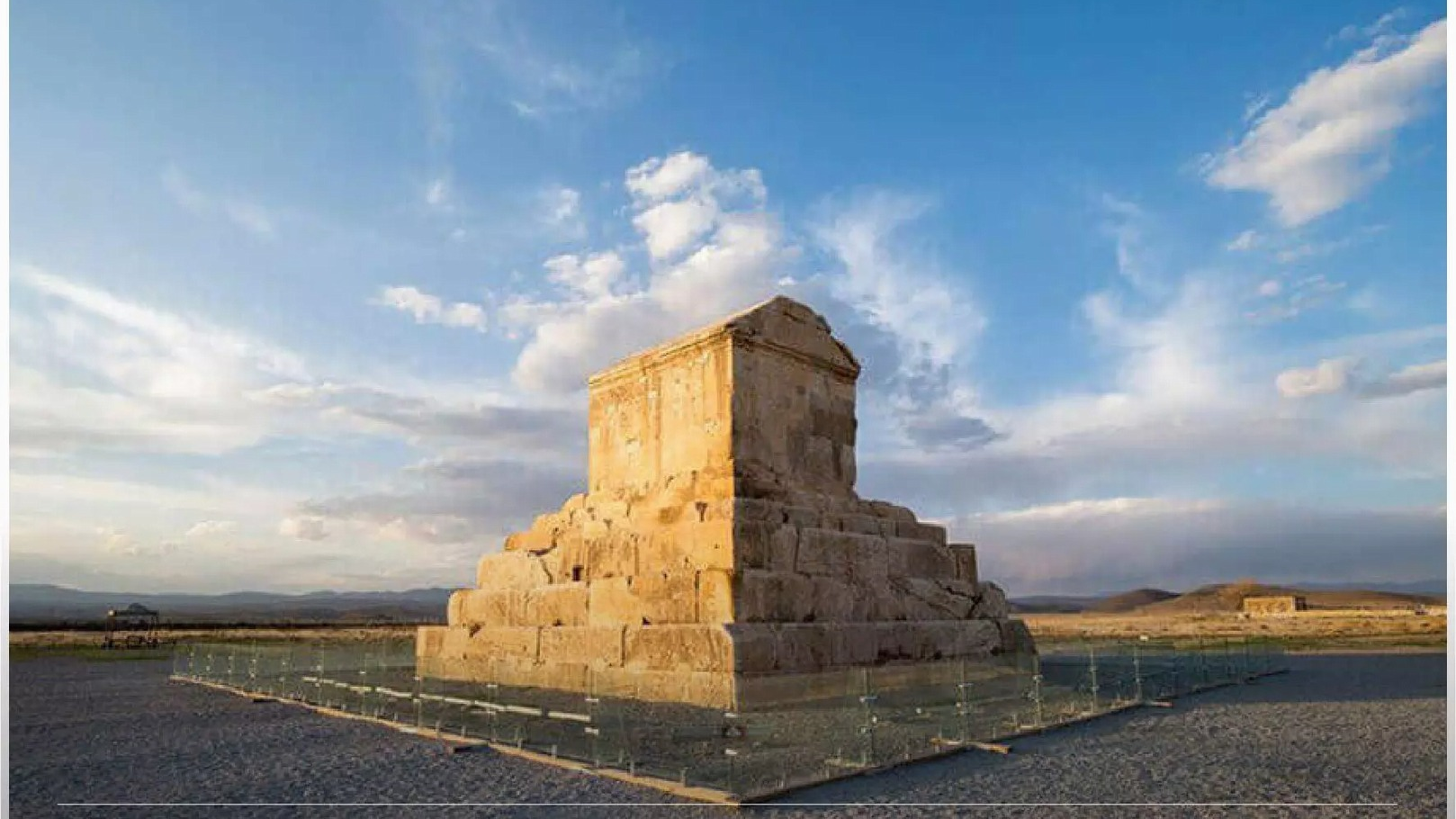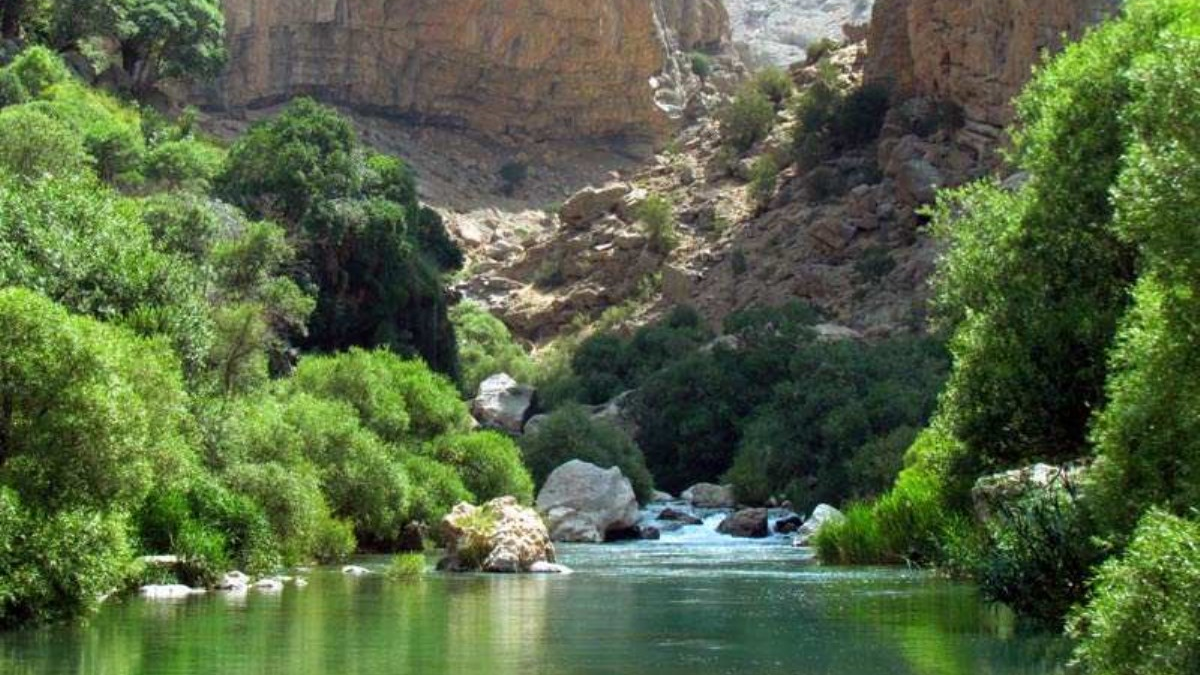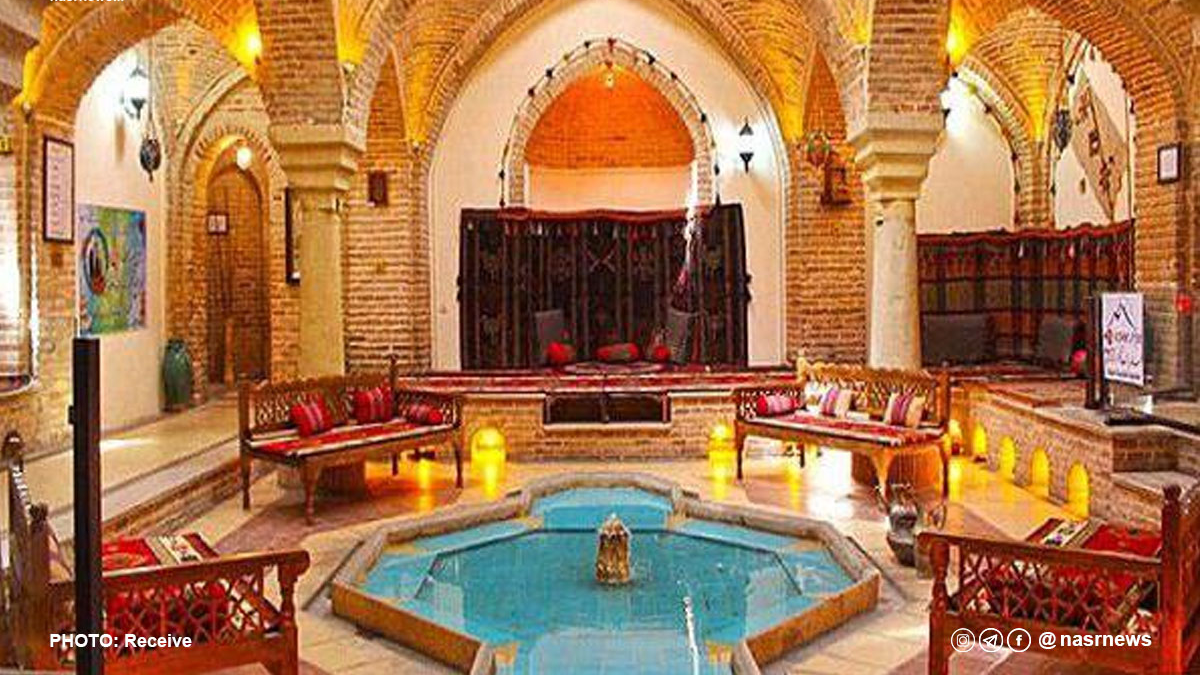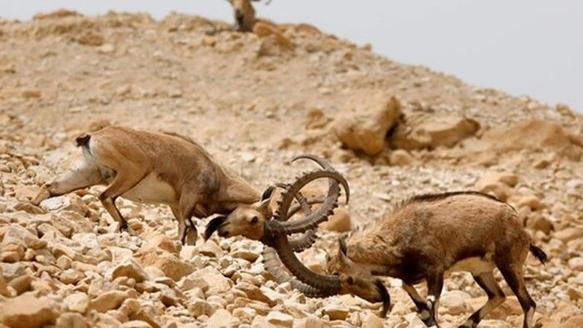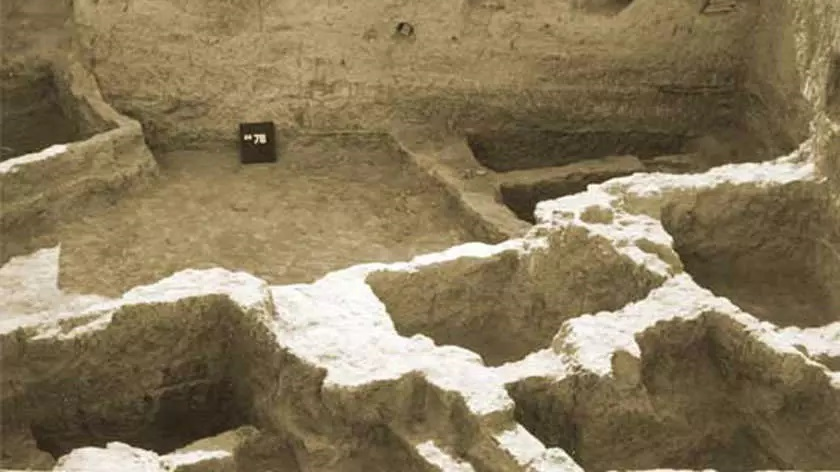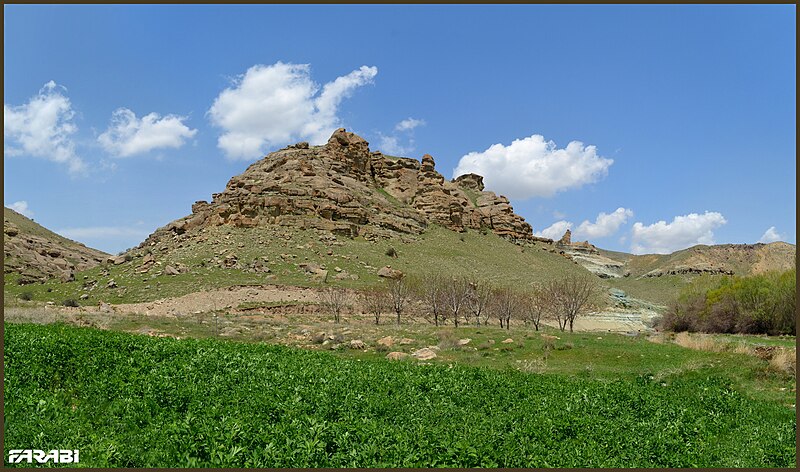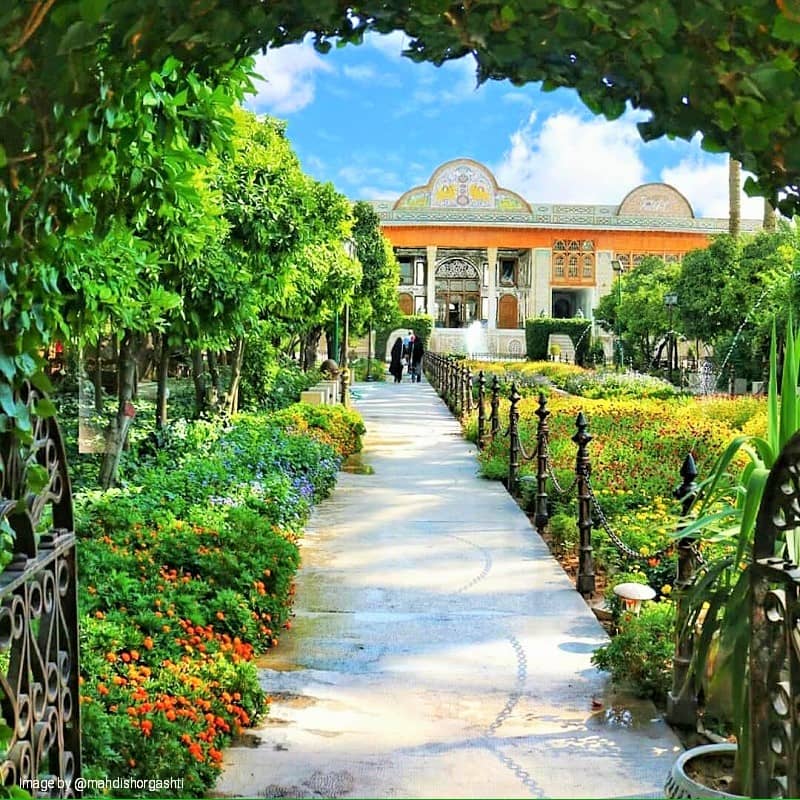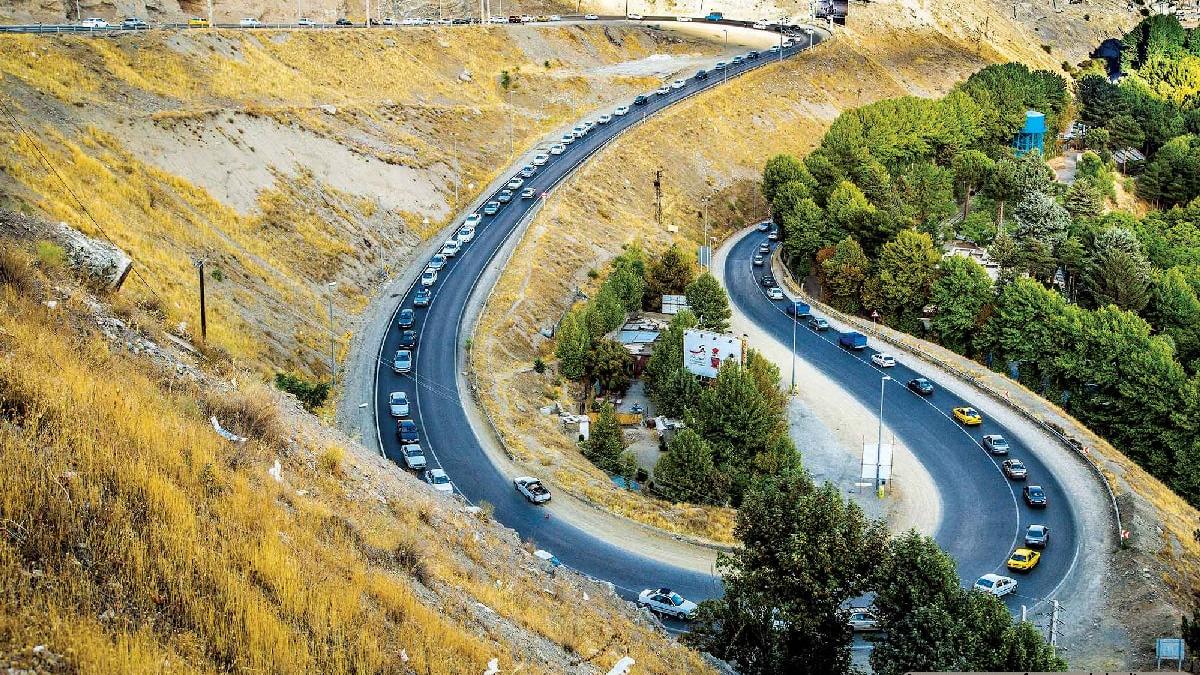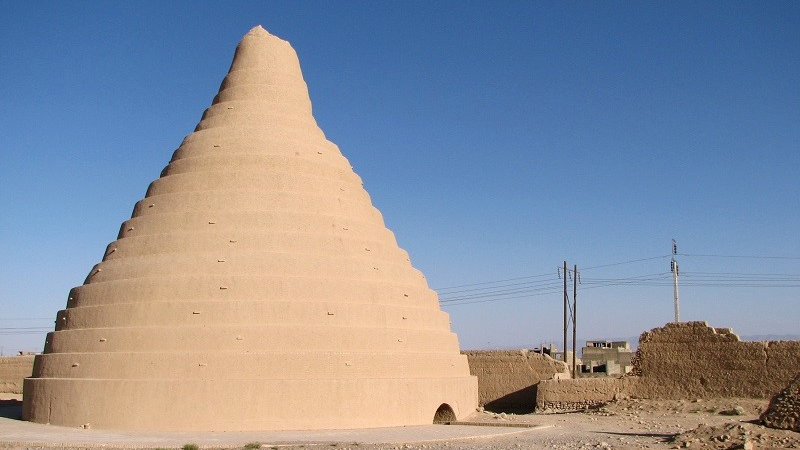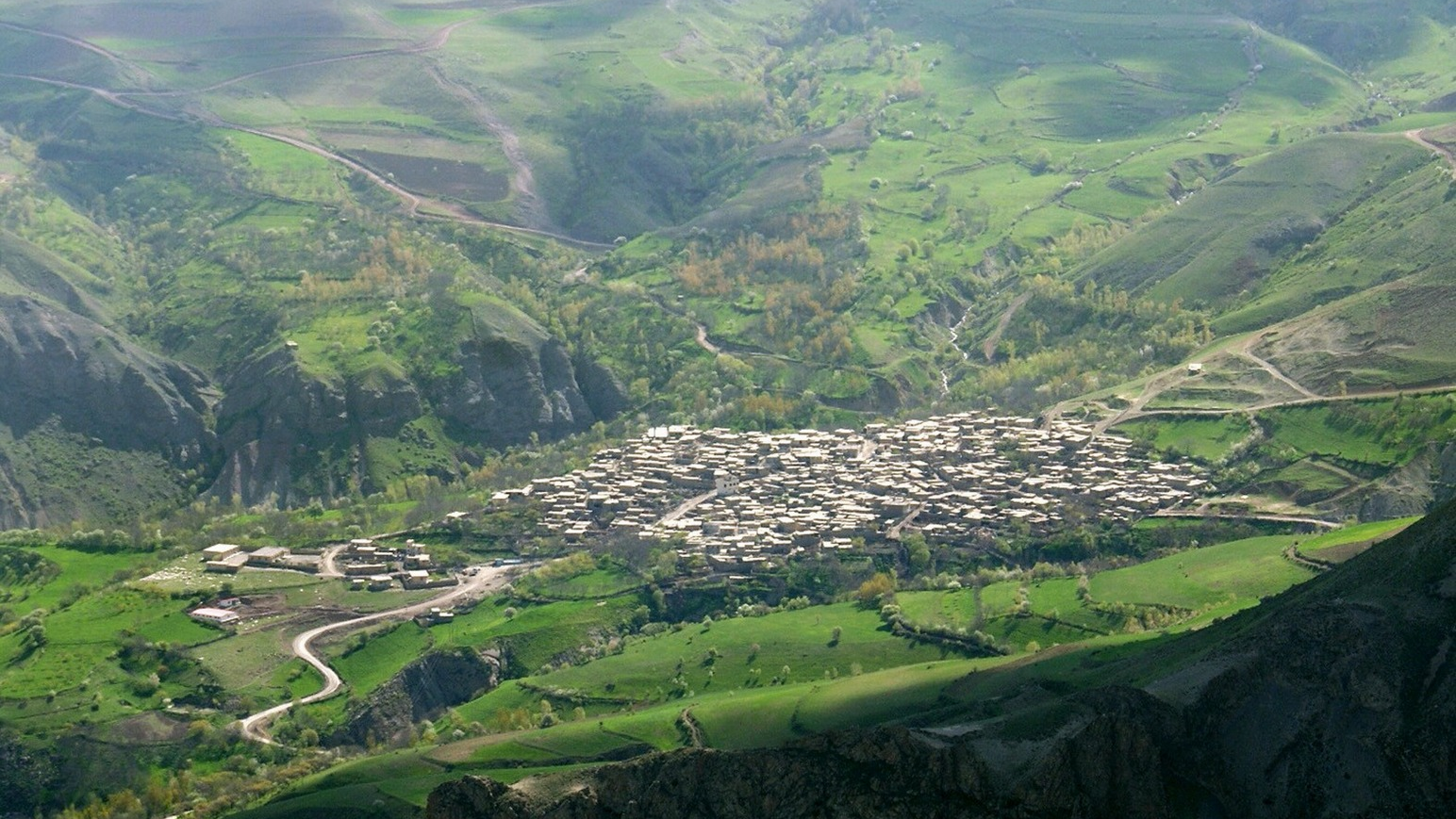
Jahrom’s Bazaar; A Marketplace with a Unique Crossing
Jahrom’s Bazaar can be considered one of the most valuable architectural examples of the Zand era. This bazaar, which was built in the style of the Qaisarieh Bazaar of Lar, is considered the main commercial center of Jahrom City. This Bazaar, which is located between Manochehri Street and Mulla Javad Neighborhood of this city, is a covered market next to Jahrom Jame Mosque. There are nearly 100 chambers in this bazaar, most of which are engaged in the sale of textiles, therefore, Jahorm’s Bazaar is also called the Cloth Bazaar. Since this bazaar is similar to the Vakil Bazaar of Shiraz, the two bazaars are considered twin sisters. The roof of Jahorm’s market has been designed in such a way that it turns green after rain.
The Architecture of Jahrom’s Bazaar
Located over an area of 800 square meters, Jahrom’s Bazaar has been built in the shape of a cross (like the Qaysarieh Bazaar of Lar). The level of the shops is higher than the floor of the market to prevent rainwater from entering the shops in rainy seasons. There are vents on the roof to let sunlight and fresh air into the market.
The use of a dome-shaped roof, thick walls, and narrow and tall windows with the aim of keeping the market cool is an architectural feature of buildings in tropical and desert regions.
The above-mentioned crossing of this bazaar has a high and unique vault and the stone pond built under it makes it even more interesting. Mud and straw are the main materials used in the construction of the dome the inner side of which is decorated with poems written in Nastaliq script.
The octagonal wind tower on top of the dome has been built with such precision and skill that the earthquakes of Jahrom in recent centuries have not caused any damage to it.
Several caravanserais, bathhouses, and mosques had also been built in this complex, which have now lost their functionality and a couple of them have also been completely destroyed.
History of Jahrom’s Bazaar
Jahrom’s Bazaar is a structure that was built in six years towards the end of the Zand era and the beginning of the Qajar period. Mohammad Hossein Khan Jahormi, the ruler of the two cities of Jahorm and Fasa, built it in 1250 AH (1834 AD). The oldest part of the bazaar is the main part, which has four entrances with a dome-shaped roof. This building was developed in the following years in today’s form.
Inscriptions of Jahrom’s Bazaar
There are three stone inscriptions and one plaster inscription in this Bazaar, which were installed in different periods.
• The first inscription is related to the era of Mohammad Shah Qajar (reign from 1834 to 1848 AD).
• The second inscription is related to the year 1254 AH (1838 AD)
• The third inscription is related to the year 1284 AH (1868 AD)
• The fourth inscription is related to the Pahlavi era.
The content of the third inscription is about banning a public muhtasib (prosecutor). Muhatsibs were the officials who walked in the streets and markets with a whip in their hand and monitored transactions to prevent any possible fraud and evasion of debt repayments.
Jahrom’s Bazaar was inscribed on the list of Iran’s national heritage in the year 1973 AD.
Located over an area of 800 square meters, Jahrom’s Bazaar has been built in the shape of a cross (like the Qaysarieh Bazaar of Lar).
| Name | Jahrom’s Bazaar; A Marketplace with a Unique Crossing |
| Country | Iran |
| State | Fars |
| City | Jahrom |
| Type | Historical |
| Registration | National |
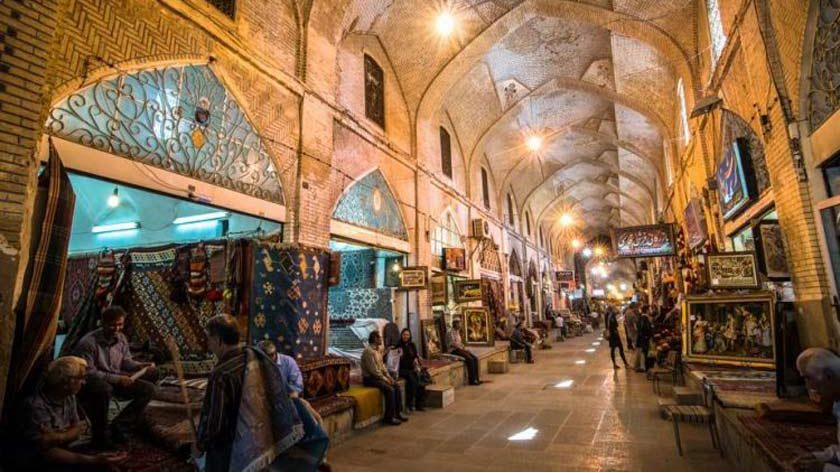
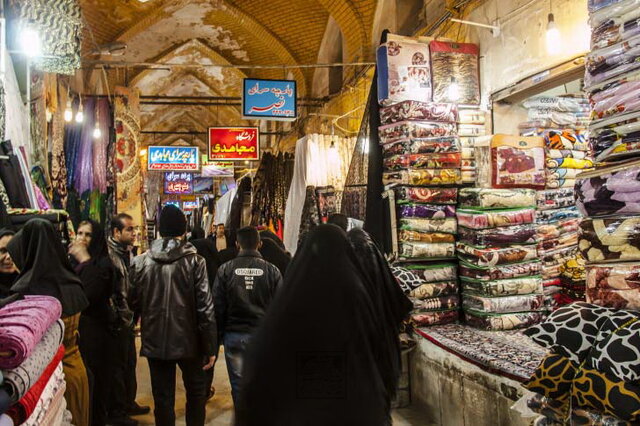
_2.png)


_2.png)

Jahrom
Jahrom is one of the ancient cities of Fars province the foundation of which is attributed to Ardeshir I, the Achaemenid king and son of Xerxes (reigned from 465 to 424 BC). Ferdowsi, the great epic poet of Iran, has mentioned Jahorm several times in his Shahnameh.
With a population of about 150,000 people and an area of nearly 30 square kilometers, this ancient city houses many historical monuments.
Qadamgah
Being constructed on a hill in the south of Jahrom, this monument can be seen from the city. Archaeological excavations have shown that this building belongs to the Sasanian era.
The Castle of Jamasp
Experts trace the construction history of this castle to the Sasanian period. This castle is located in the Karadeh village of Khafar district of Jahrom. Since the tomb of a person named Hakim Jamasap is located in this castle, this building is called after him. The mausoleum building has been built in the shape of a cube and is located on a short hill. The use of cut stones without mortar has created a great similarity between this castle and the Cube of Zoroaster.
Chartaq Fire Temple
There is a Chartaq ((literally meaning “having four arches”) on a hill on the way from Qutbabad of Jahrom to Zahidshahr of Fasa, the building of which dates back to the Sassanid era. Except for its domed roof, the structure of this Chartaq has remained intact after many centuries.
Zagh Chartaq
This building the construction of which dates back to the Islamic period is located in Zagh village of Simkan district of Jahrom and was inscribed on the list of Iran’s national heritage in 2003.
Gabri Castle
This castle can be considered the only survivor of the Zoroastrian settlement in Jahrom during the Islamic period. After the advent of Islam in Iran (7th century AD), Zoroastrians built this castle and used it as a place to live and perform their religious ceremonies.
There is a well, with a mouth diameter of two meters, a water purification pond, three pools, an unfinished millstone, and some carved signs inside this castle.
Tal Qal’eh
This building, which has been left from the Islamic period and is located in the Abe-garm village of Jahrom was inscribed on the list of Iran’s national heritage in 2004.
Tomb of Sheikh Khalifa
This building is located in Jazah village and dates back to the 13th century AD. Its tall brick structure with an architectural style similar to Sarvestan Palace is very spectacular. The entrance arch of this mausoleum is 19 meters high and a beautifully decorated brick dome stands on top of the building.
Khan Mosque and School
Located in the west of Jahrom the construction of this mosque and school is attributed to a person named “Haj Mohammad Hasan Khan”. Mud, brick, stone, and plaster are the main materials used in constructing this building.
There are 20 chambers in the school, two of which in the northern part are bigger than the rest. This school had been used to teach religious sciences. A brick mosque was built next to the school, which according to the inscription in the building, was built during the reign of the Safavid king, Shah Suleiman II (1749 to 1750 AD). According to this inscription, the founder of the mosque was someone by the name of “Haji Suleiman Beg Zulqadr Jahormi”. The courtyard, the entrance arch, the entrance area, several corridors, a dome, and a porch are the different parts of this building. Khan Mosque and School was registered on the list of Iran’s national heritage in 1974.
The Lime Bridge of Asfal
Located in the Asfal Village of Jahrom, this bridge was built in the Safavid era (17th century AD) by “Khwaja Abdul Samad Dozai Simakani” over the Simakan River using stone and mortar.
Jame’ Mosque of Jahrom
This mosque is left from the Safavid period. Of course, except for the southern nave of this mosque, the other parts of the building are newer.
Mokhak Caravanserai
Two caravanserais are located at a short distance from each other, 30 km from Shiraz-Jahorm road. The total infrastructure of these two caravanserais is nearly 1600 square meters. One of these two caravanserais was built in the Safavid era and the other in the Qajar era (19th century) and was used as the resting place for the caravans that passed through this route.
Pir Shabib Gate
In the past, each city had walls and gates to protect itself. Pir Shabib Gate is also one of the old gates of Jahrom, which is now located inside the city. The gate has a hall with a dome-shaped roof, which is decorated with muqarnas work.
| Name | Jahrom |
| Country | Iran |
| State | Fars |
| City | Jahrom |
| Type | Historical |
| Registration | National |
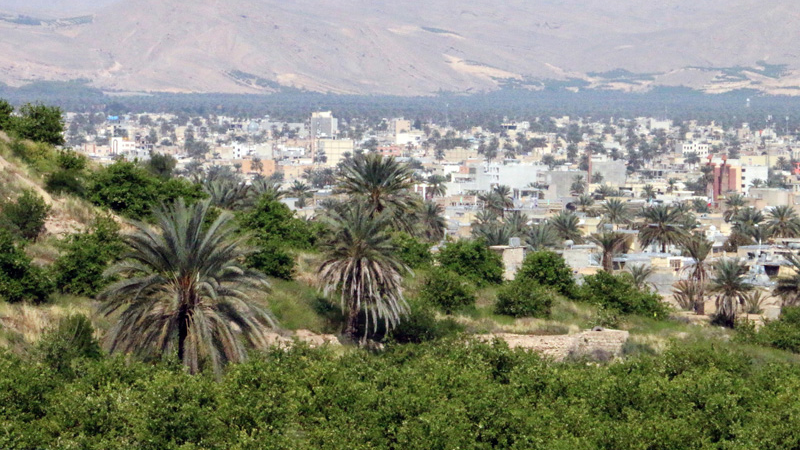

Choose blindless
Red blindless Green blindless Blue blindless Red hard to see Green hard to see Blue hard to see Monochrome Special MonochromeFont size change:
Change word spacing:
Change line height:
Change mouse type:
